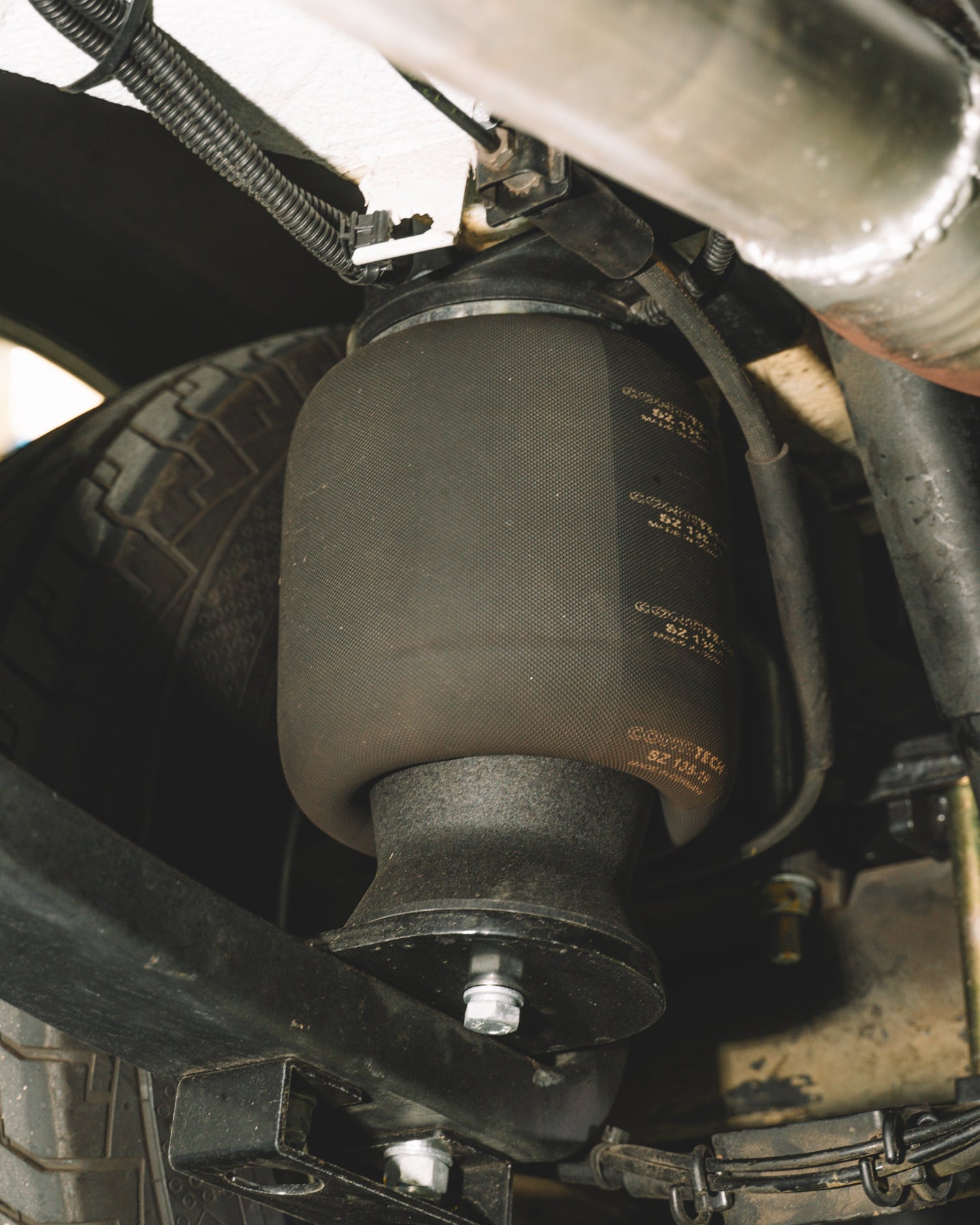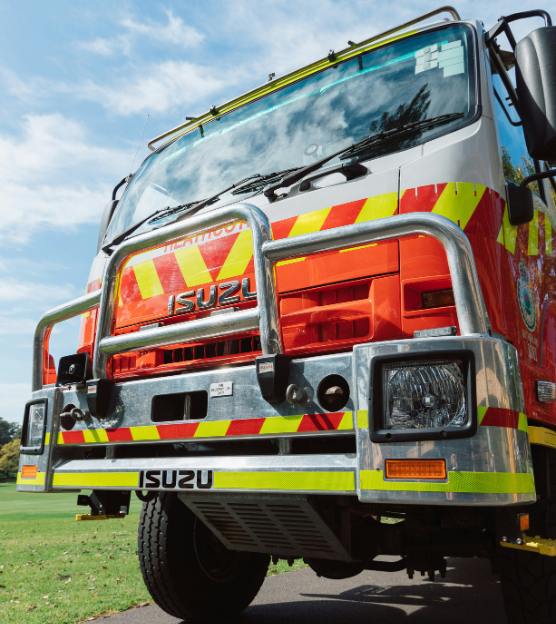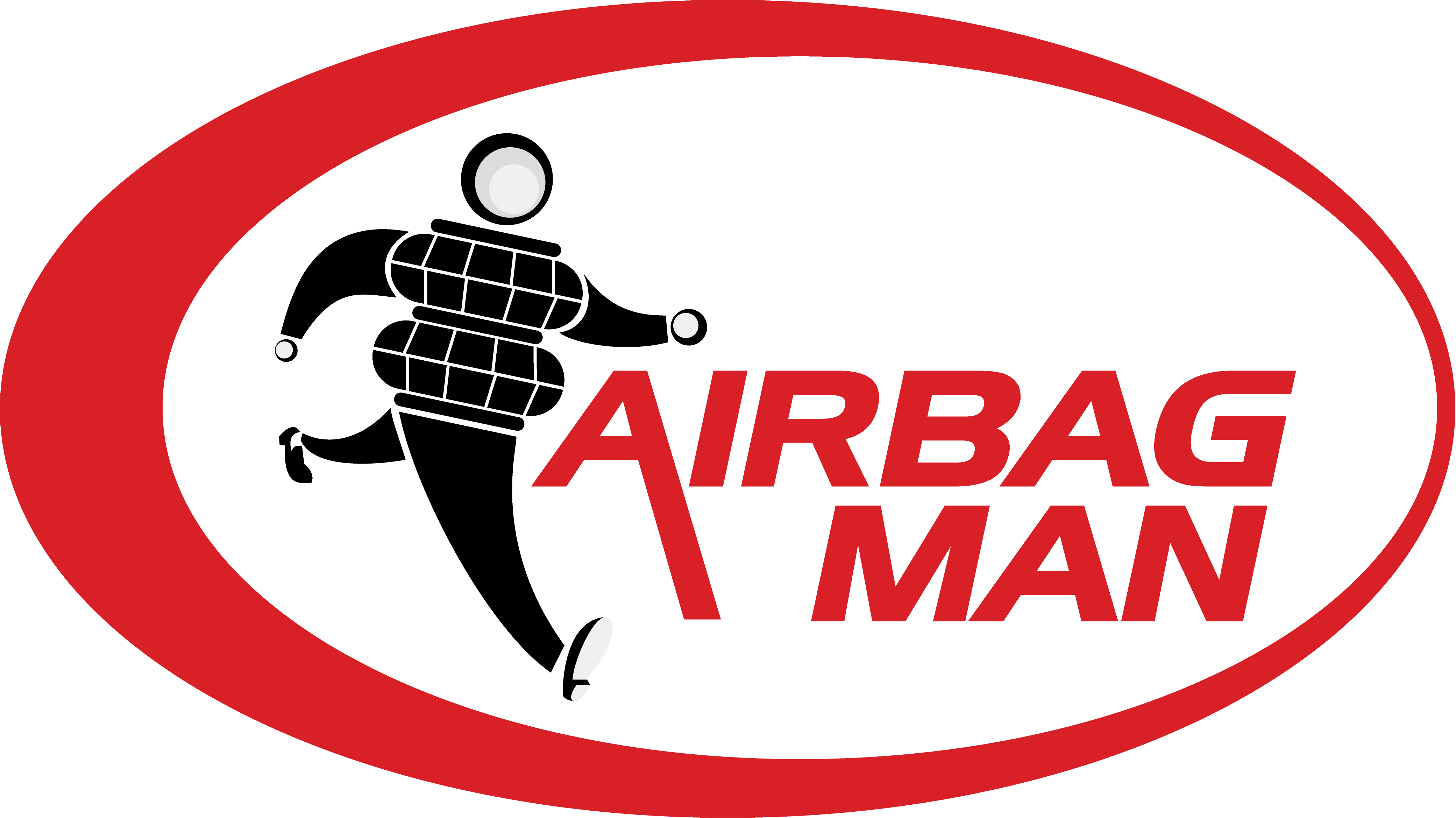Never miss out on the action
Stay connected with the latest news, products and offers from the Airbag Man team.
Free Call 1800 247 224 (Australia Wide) +61 7 3889 6556 (International)
Airbag suspension is the gold standard for emergency services worldwide. Ensuring top-notch performance and unparalleled passenger comfort, it's the undisputed choice for navigating any terrain with absolute confidence.

All divisions of emergency services including the fire service, police and paramedics drive vehicles that benefit from the assistance of airbag suspension in one form or another. Generally, their weights can vary significantly when they are loaded and carrying specialist equipment into the field.
Ambulances are a great example; they require a variable rate of spring that can handle the large variance in weight when loaded and unloaded, but also be soft enough to ensure that the contents and more importantly, a patient, can be transported as comfortably as possible.

When using traditional leaf or coil spring suspension, potholes, rough roads, corrugations, and sharp turns can be problematic with the ride quality and handling during an emergency.
Airbags have been used successfully for many years to ensure that emergency vehicles handle comfortably and safely, which will give the best possible outcome for passengers and patients alike. Air suspension can also allow the vehicle to be lowered for loading and unloading as required.

From heavy duty trucks right down to four-wheel-drives, the Fire Services are another emergency response arm that benefit from widespread use of air suspension.
With a large amount of equipment and crew on board, as well as varying amounts of water, airbag suspension is ideal as it can adjust to different loads without compromising on ride quality.
Considering that these vehicles can head to some extremely remote and challenging locations, having a suspension that is strong enough to cater to these conditions whilst allowing the crew to arrive quickly and safely is absolutely critical in emergency response.
Stay connected with the latest news, products and offers from the Airbag Man team.
